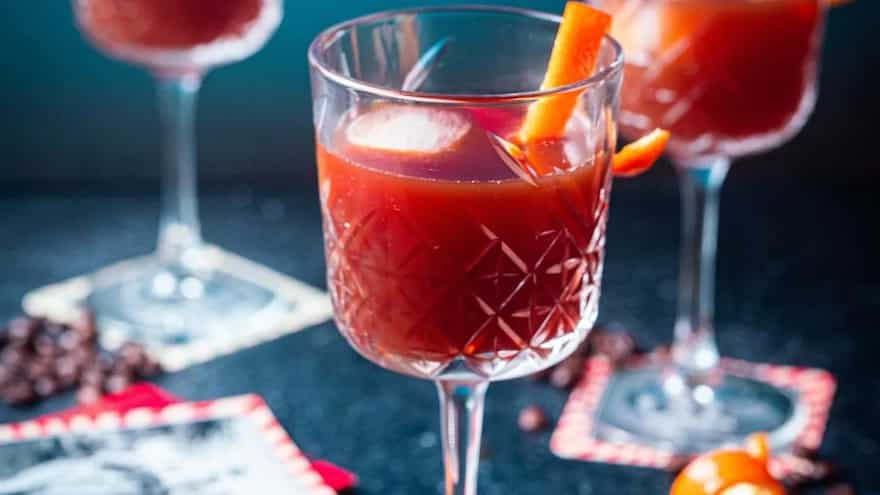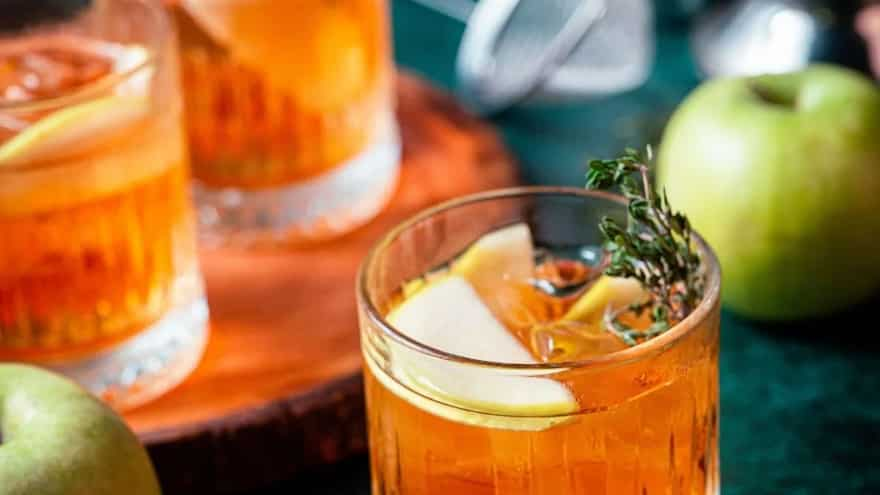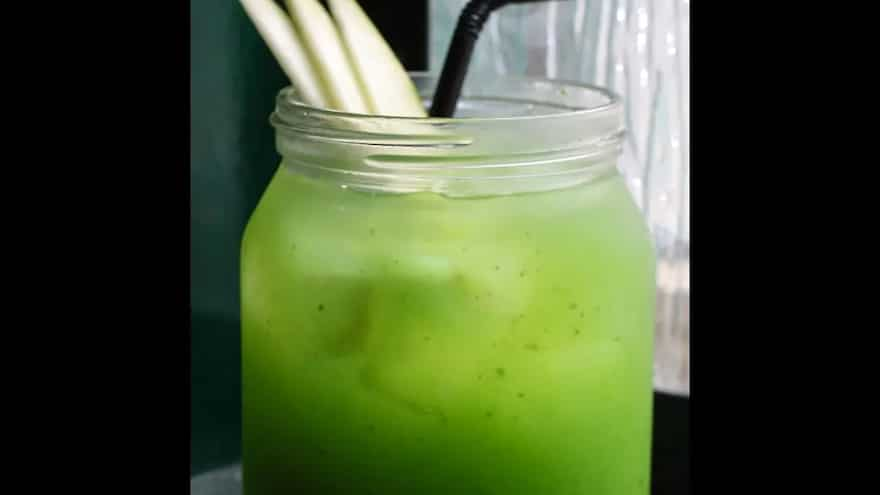For a long time, the dining out scene placed the focus on just that – dining out. If you were headed out for a drink, pubs offered you the standard IMFL or beer menu from which you would choose your favourites. Whiskey, rum and beer ruled the roost for a long time, till bar menus began to feature cocktails, often playing it safe with the classics – Martinis (no one besides Mr Bond bothered with choices of shaken and stirred), Cosmopolitans, Negronis, Manhattans and the like. As people began to travel more, their tastes evolved and we went from standard bar menus to complete bar programmes – flair bartending, Flaming Lamborghinis and others.

Today, we are coming full circle with bar programmes drawing inspiration from all things Indian. Just as restaurant menus have turned inwards for inspiration – focusing on micro and regional cuisines, bars have taken a cue out of the same book. It has been on the cards for a while now, and India-inspired cocktails have gone through the paces, from being met with raised eyebrows to going over the top to finally having found that perfect balance.

My tryst with India-inspired cocktails began when the country’s first gastro-pub, Monkey Bar, opened doors in Bengaluru in 2012 and put Mangaa (which translates to mango in Malayalam) on its menu. This cocktail took the humble ‘aam panna’, mixed it with vodka, sweet lime, cumin, and salt. It is a drink that remains in the memories of Bengaluru folks, long after Monkey Bar shut its doors in the city. Today, the Mangaa continues to feature on the menu at all Monkey Bar’s outlets across India. “Let’s just say we are inspired by India and its flavours, ingredients, drinks, and spirits in all that we create in our bar programme,” says Sidhesh Hule, Brand Manager, Monkey Bar (Delhi, Mumbai, Chennai, Kolkata).

Some of Monkey Bar’s India-inspired drinks across their outlets are the Rasam Mary, a combination of vodka, tomato pepper ‘rasam’, curry leaf and lemon salt rim, the Tomesh Collins - with gin, lime murabba, sweet and sour topped with tonic water, and the Pied Piper comprising jeera-infused whisky, cinnamon, sweet and sour syrup topped with ginger ale. There is also the ‘Peena Colada’ where homemade ‘rabri’ and ’badam shirin’ give a delicious spin to an old favourite dessert. “Familiarity of tastes and flavours give these an instant connection with guests. Additionally, moving from synthetic syrups to fresh and house-made ingredients has resonated well with guests’ taste buds,” adds Hule.

“There are cocktails where we use Indian beverages like ‘jal jeera’, ‘panakam’, ‘kokum’, and others as the base, and they have turned out to be our best sellers. We also have cocktails where we use garnishes and ingredients to bring in the Indian element into a drink. This works well for guests who do not want something too overpowering,” says Ravi Singh, bar manager, Suzy Q by 1522.

Singh shares that their best-selling drinks on their Made in India menu are the Andaaz Apna’ Apna, inspired by ‘kala khatta’ flavours with a tamarind garnish. Hawa Hawaii is a ‘paan’-flavoured cocktail, vibrant, garnished with a ‘paan’ leaf, giving it a distinct aroma. Hera Pheri brings in the unique flavours of the Gujarati ‘choondo’ pickle. Bombay to Goa has a refreshing ‘kokum’ kick, blended with fresh tender coconut water and is a hit with guests. “It all comes down to the type of cocktail you create. They need to be perfectly balanced and should be easy on the palate”, believes Singh.

Chef Vikramjit Roy, Co-founder – Context.Eat, The Tangra Project, Delhi adds in another perspective when he says that irrespective of whether ingredients are Indian or International, familiar or not, are classic drinks or innovatively modern, it eventually comes down to two things – good taste, and the associated pleasant memories.

Putting two of The Tangra Projects' most popular cocktails in context to demonstrate this – Roz – dedicated to the movement of the Mughal era and its journey to Calcutta. The cocktail uses tequila as a base, with homemade rose shrub, fresh ‘ragzi’ lemon juice and caramelised grapefruit. Another is the Fa Hein, dedicated to the Chinese Buddhist monk who travelled on foot from China to India, visiting prominent Buddhist holy sites along the Ganges valley, eventually coming to Calcutta. The drink is whisky based with soy honey, charred red bell pepper, fresh coriander leaf, coconut vinegar, and egg white. What makes this drink work is the comforting tastes of soy balanced with raw unprocessed honey from the Sunderbans, the balance of charred peppers with coriander, whisky and egg white.

Restaurants from across the globe are looking inwards for both their food and beverage offerings. Local and seasonal have gone beyond being buzzwords. “And in India the sheer depth of flavours, variety of ingredients, flavour combinations and regional inspirations are immense. What we have seen is just the tip of the iceberg,” feels Hule.

Easy accessibility to botanicals, spices and teas makes it easier to innovate and come up with fresh and creative cocktails on menus. “Additionally, with the influences from North and South India differing vastly thanks to contrasting ingredients and types of spices available, Indian cocktails have the potential to become extremely popular. What is currently in metropolitan cities, has the potential of crossing overseas and soon becoming widespread internationally,” says Singh.

Bar professionals across India realise the potential of the country’s vast repertoire of ingredients in cocktail making. They will continue to innovate, bring in a range of techniques and create drinks that carry both a touch of nostalgia and the joys of sipping on a uniquely new India-inspired creation.
(Views expressed in this piece are those of the author, and do not necessarily represent those of Slurrp)
(Ruth Dsouza Prabhu is an independent Bangalore-based journalist with over 20 years of experience, writing for Indian and international publications on niches like food, beverage and travel.)


